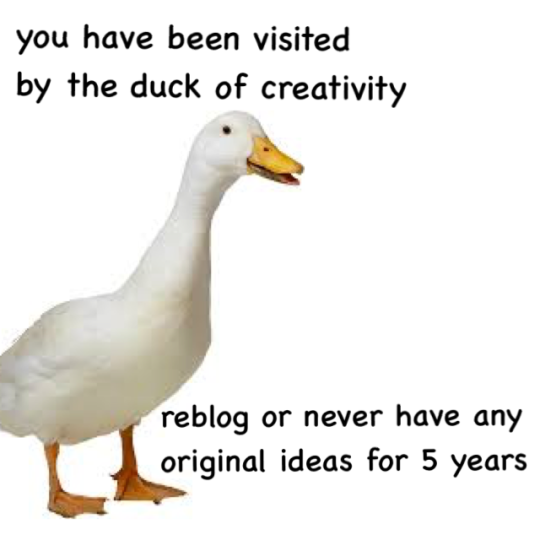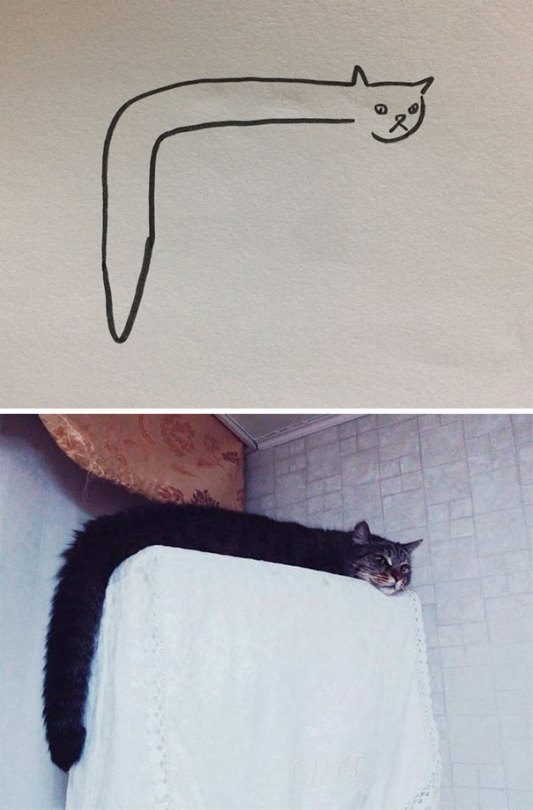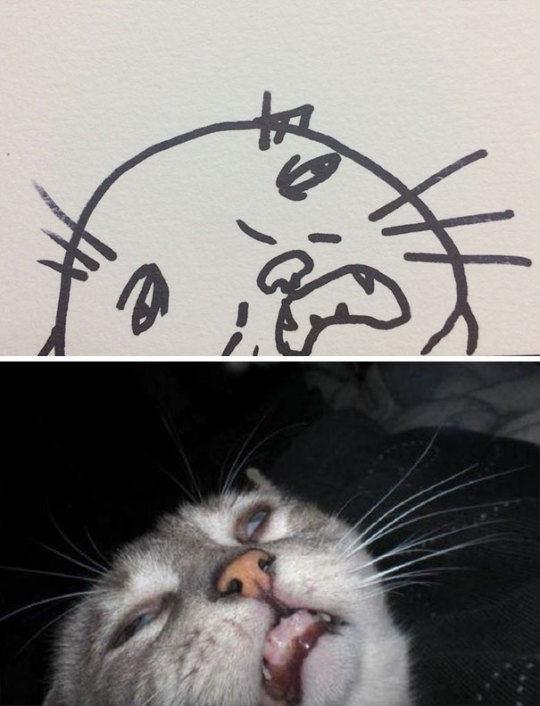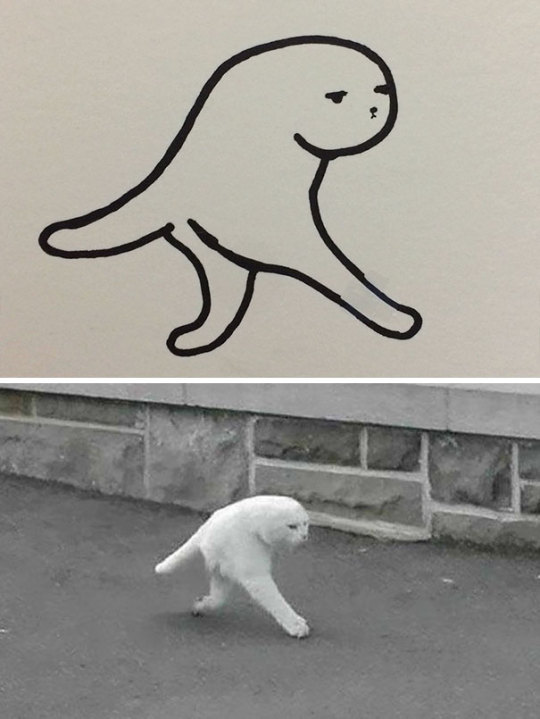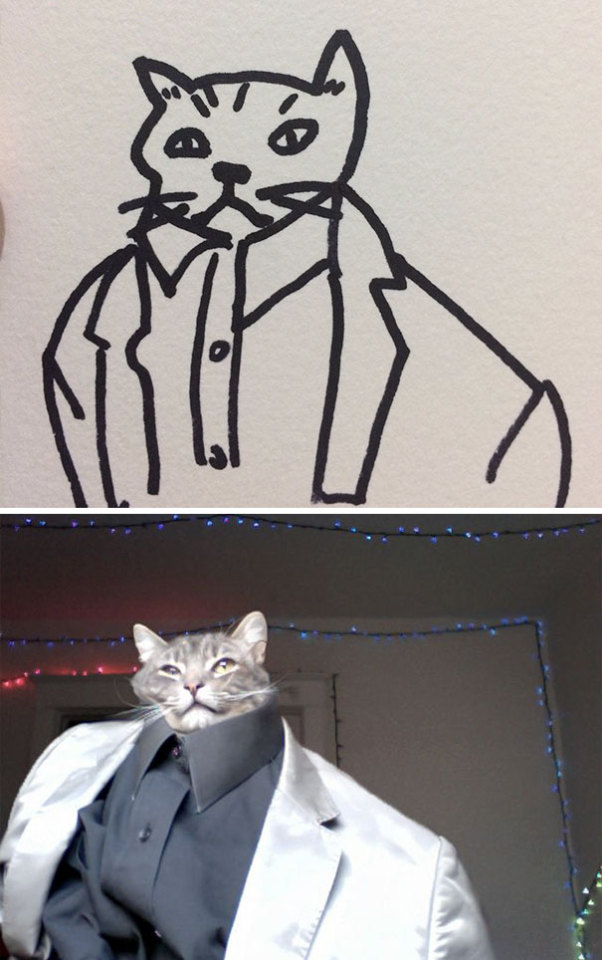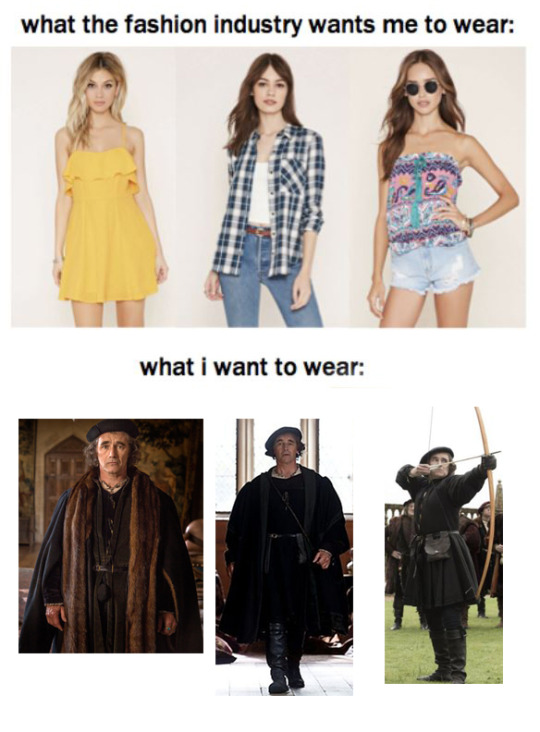Photo
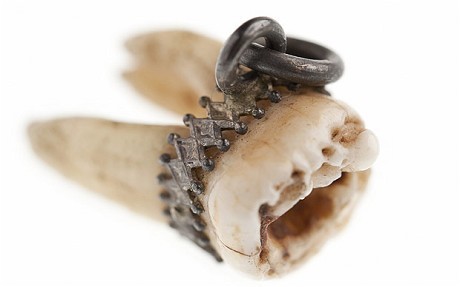



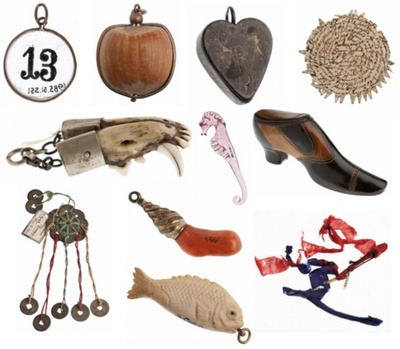
London’s lost amulets and forgotten folklore
Edward Lovett’s curious collection of handmade charms and treasured trinkets reveal the hopes and fears of superstitious Londoners.
At a meeting of the London Society held at the Royal Society of Arts on November 14, 1919, the president of the society, the artist Arthur Rackham, introduced the meeting’s lecturer as follows: “It is a very general habit to regard folklore as a thing of the past – something which concerns the historians. But is it not true that we ourselves are making history? We do not think of London as a country for folklore, and yet London is a very large country with peculiar boundaries; and also a country concerned with folklore. Ideas are constantly coming into London and constantly going out of it. As a real Londoner, I am very keen to hear what our speaker has to tell us about the folklore of London. I am quite sure he does not regard it as a dry science”.
Rackham was right: the speaker at the meeting – Edward Lovett – certainly did not regard folklore and in particular, London’s folklore, as a “dry science”. His talk at the meeting – just like the numerous other pamphlets he wrote and lectures that he gave – explored his belief that in metropolitan Edwardian London thrived practices and beliefs more commonly associated with England’s rural past.
Given other folklorists of the period collected in rural England, why did Lovett pay particular attention to the capital? For him, the populations of the countryside who moved to the city took with them an array of beliefs which they still clung to when living in London. The objects Lovett collected in London illustrated customs which stemmed from all across Britain (and which he believed gave insight into customs practised long before his time).
Take, for instance, Lovett’s account from “northeast” London of a cow keeper, originally from Devonshire, who believed his cows to have died after being cursed. Seeking to find the culprit who had condemned his livestock, he took one of their hearts and stuck it all over with pins and nails in the belief that the pain inserted into the heart would trace itself back – and cause pain to - the person who placed the curse. This gruesome artefact is similar in construction to the ‘witch’s bottle’ which was found in Greenwich recently complete with finger nails and hair buried within it.
While exploring London’s docks, Lovett spoke to sailors who cast pennies into the sea to “buy wind” on becalmed days, a practice he discovered that was also carried out on England’s east coast. In west London in 1914, the medical inspector of schools in Acton informed Lovett that children wore necklaces consisting of glass beads to ward off illness. The beads - “mostly blue, but occasionally yellow” - were worn underneath their clothes and believed to act as a charm against bronchitis. Their owners believed that the necklaces must never be taken off, even when washing. Lovett traversed London, finding over 60 shops were these beads were sold as amulets against illness, a journey depicted in a (self-drawn) map of London.
Lovett’s relationship with the objects he collected was not a simple one. Even though his house in Caterham in Surrey was filled with his hoard of amulets and charms, he was no archetypal obsessive collector. In fact, Lovett’s relationship with his collection has more the air of the bank clerk balancing the books, with surviving correspondence suggesting someone skilled in selling items on in order to get the money to buy more, even keeping museums interested by passing selected items on to them over time.
To Lovett, a belief in the powers of amulets and charms would grow in times of crisis. Magic in Modern London includes numerous examples from the First World War, with British soldiers travelling to the Western Front with an array of good luck mascots and totems, including brooches in the shape of black cats and four-leaf clovers, and dominoes with ten dots.
Lovett was an active collector as opposed to an armchair theorist, summing up his beliefs on the theories of urban folklore as follows: “I not only have no theory, but as regards my personal opinion as to the reason why these remarkable beliefs in magic still exist in modern London, I simply say ‘I don’t know’“.
But the amulets and charms Edward Lovett collected are not only testament to the spirit and interests of a keen folklorist, they capture something of the beliefs of everyday Londoners from a century ago. Whether worn to protect against illness, or kept to bring good luck, the objects he collected are miniature repositories for the hopes and fears of previous generations.
3K notes
·
View notes
Text
What Did Roman Trade with India and China Look Like?

This map, based on geographical data recorded by a Greek writer in the early years of the Roman Empire, shows the trade route from Rome to India.
Elites in India and China prized Roman-made glass and rugs. Elites in Rome enjoyed wearing silks made in the Far East – so much that the Senate got worried about how much gold was leaving the empire, and tried to ban silk clothing. It did not work.
You will notice that most of the goods traded were for elites – silk, glass, ivory, carnelian. Given the long distances to travel between the Mediterranean, the Ganges, and the Yangtze, only expensive items to wealthy aristocrats made the journey. Basics like grain or iron were traded in more localized networks.
496 notes
·
View notes
Video
if ‘get low’ was an indie tune (mumford and sons are shaking)
185K notes
·
View notes
Photo


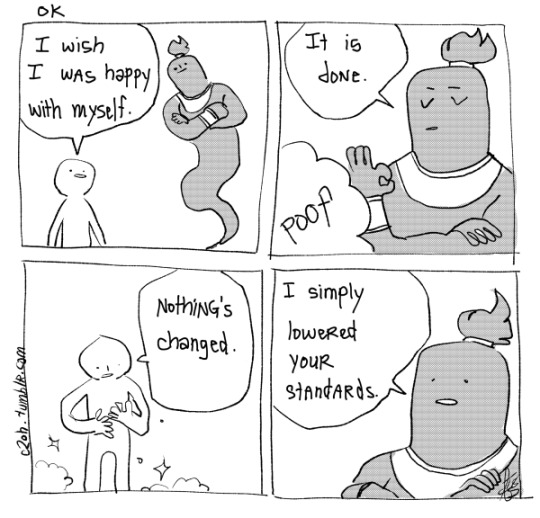
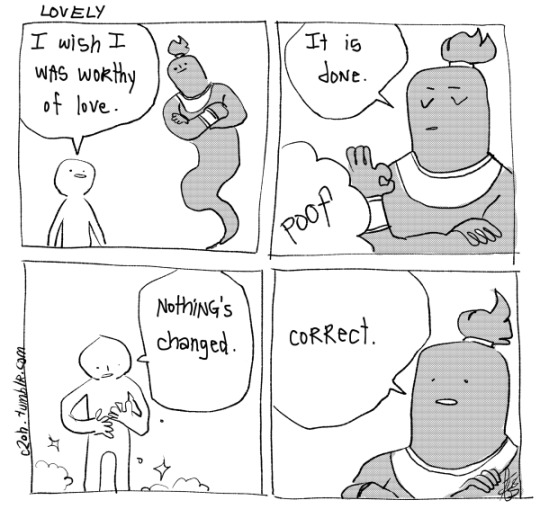
sometimes i just sit and think about ways a genie can grant wishes.
458K notes
·
View notes
Text
I think it is important to point out that LL, Miley and Selena were all Disney girls. Disney has to maintain a certain image. I think k a comparison of Disney girls then and Disney girls now would be better.
Young girls really are pressured now more than ever to be seen as beautiful and sexy and perfect like IG models and whatever the fuck…..like that’s why you see “me at 14 vs 14 year old girls today” posts……….we didn’t have this constant stream of content like they do…..content telling us to be perfect and to have perfect clothes and sharp eyeliner wings that look photoshopped and shit like that….I mean it’s always been there but not like this…and while I think girls should be able to dress however they want and do whatever they want…..you have to take into consideration the fact that this all stems from a toxic culture where women have to be perfect and beautiful…now at younger and younger ages….and it’s really gross…and the media continues to sexualize and like…make young girls seem older and more appealing than they actually are idk the whole thing makes me so uncomfortable and it’s only going to get worse :/
271K notes
·
View notes
Photo
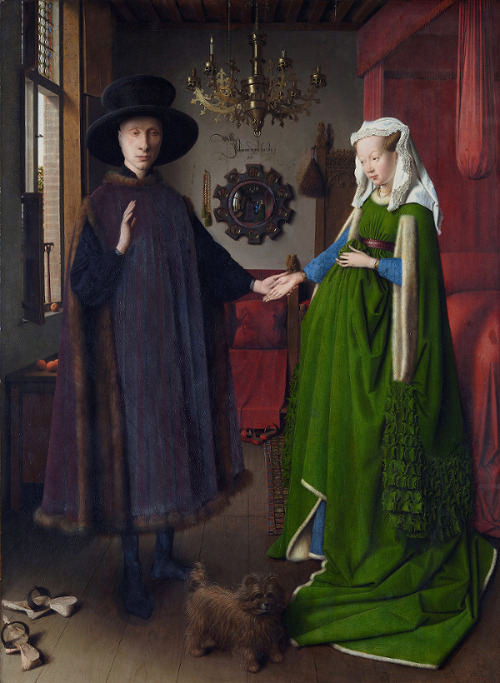

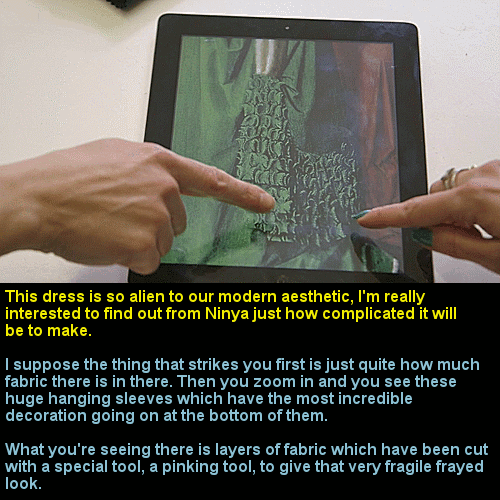






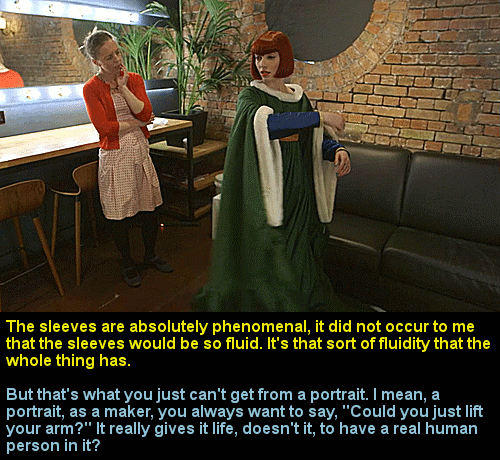
A Stitch in Time: Arnolfini
Ninya Mikhail, Historical Costumier [x]
57K notes
·
View notes
Text
Dream career: that girl in Kiki’s Delivery Service who lives in the woods alone and draws birds

137K notes
·
View notes
Photo




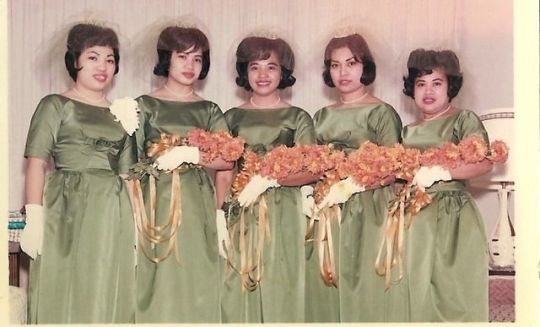
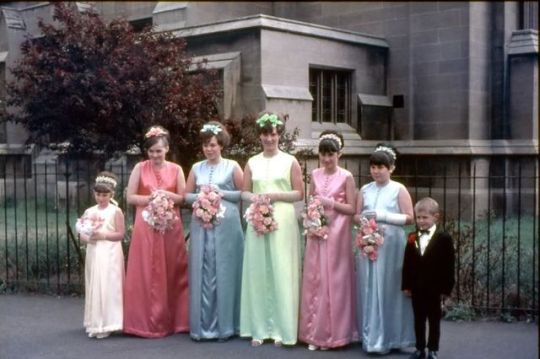

47 glamorous photos show that bridesmaids from the 1960s were so pretty.
134 notes
·
View notes
Text
I hate that SEPTember OCTOber NOVember and DECember aren’t the 7th, 8th, 9th, and 10th months.
534K notes
·
View notes



